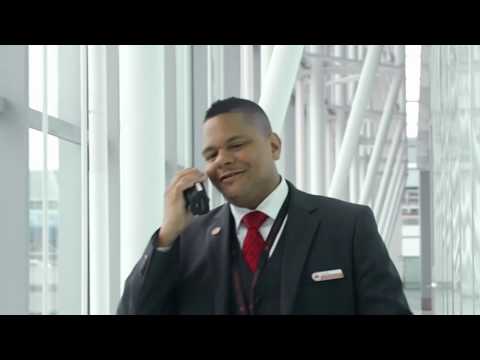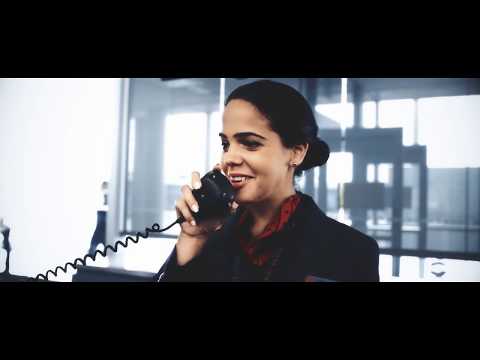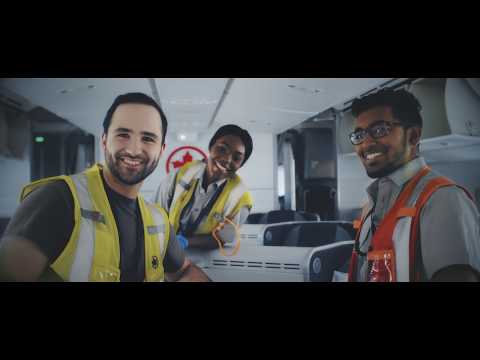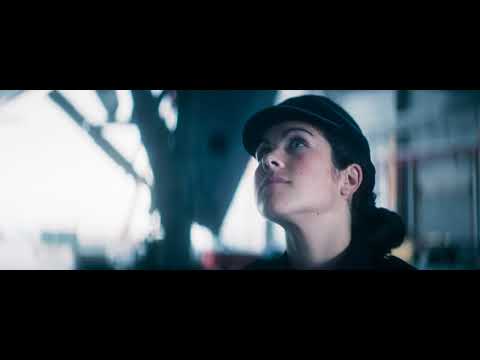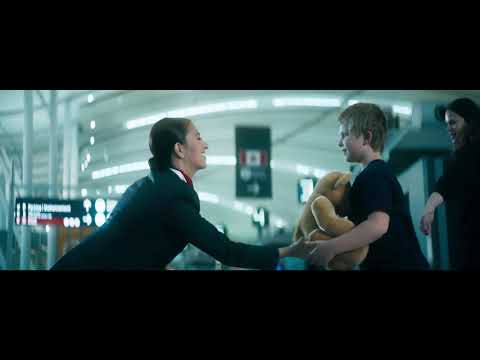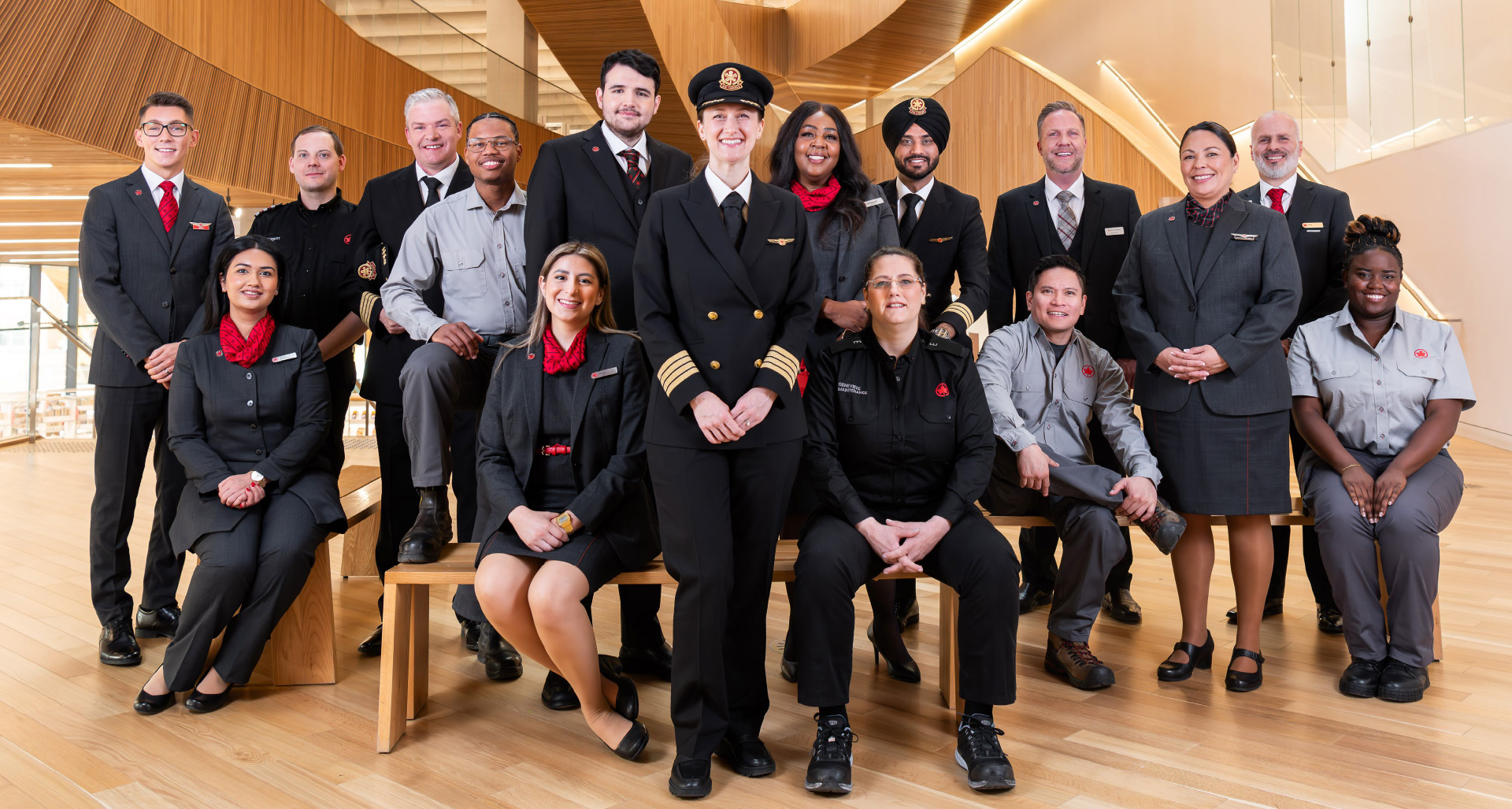
CARRIÈRES À AIR CANADA
Get tailored job recommendations based on your interests.
Currently we don't have any jobs that fit your interests.
Choose your path!
Interested in working for Air Canada?
Explore Careers
Air Canada at a glance
Air Canada is Canada's largest airline and the largest provider of scheduled passenger services in the Canadian market, the Canada-U.S. transborder market and in the international market to and from Canada. In 2019, Air Canada, together with its Air Canada Express regional partners, carried over 51 million passengers, offering direct passenger service to nearly 220 destinations on six continents. Air Canada is a founding member of Star Alliance™, providing the world's most comprehensive air transportation network.

Air Canada's predecessor, Trans-Canada Air Lines (TCA) inaugurated its first flight on September 1, 1937. The 50-minute flight aboard a Lockheed L-10A carried two passengers and mail between Vancouver and Seattle. By 1964, TCA had grown to become Canada's national airline; it changed its name to Air Canada. The airline became fully privatized in 1989. Air Canada shares are traded on the Toronto Stock Exchange (TSX:AC), and effective July 29, 2016, its Class A variable voting shares and Class B voting shares began trading on OTCQX International Premier in the US under the single ticker symbol "ACDVF".
Air Canada is among the 20 largest airlines globally. Its corporate headquarters are located in Montreal.
Corporate Responsibility
Air Canada has a proud history of supporting it's employees, customers and communities as well making great efforts to minimize our environmental footprint. To read more about the Air Canada Foundation, Corporate Responsibility and Environmental commitments, click here.
News and Awards
Get to know more about Air Canada with the latest news, press releases, awards and innovation.
Heading
Diversity, Equity and Inclusion
MICHAEL ROUSSEAU, CHIEF EXECUTIVE OFFICER
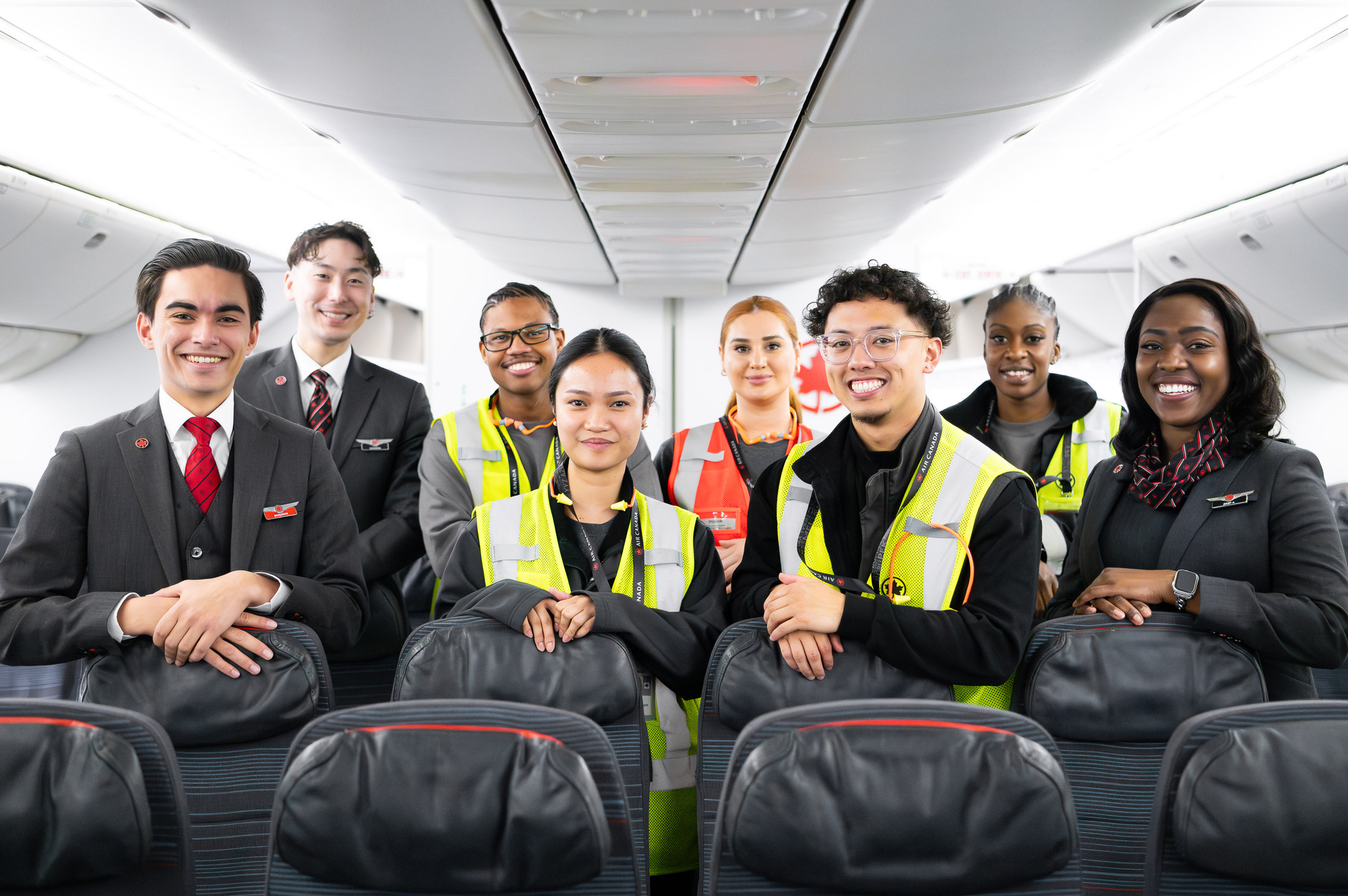
Heading

Student
The Career Portal is your one-stop resource for exploring career opportunities, preparing for job applications, and connecting with potential employers.
Learn more >

What our employees are saying
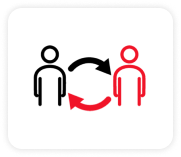
Our culture

Benefits
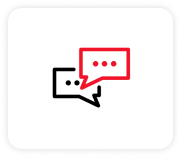
Connected
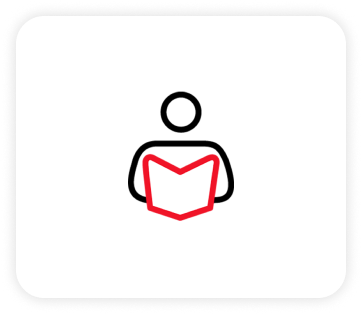
Development
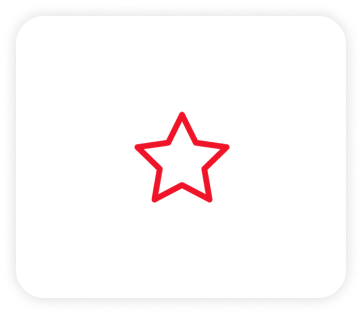
Perks & Privileges
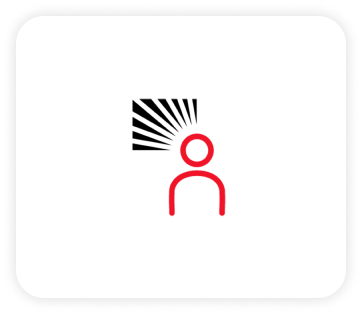
Recognition
Our Award of Excellence program honours a select group of exceptional individuals who consistently demonstrate behaviours that distinguish them as role models for their teammates.
Service Anniversary celebrations give us an opportunity to convey our appreciation for the contribution and continued dedication of our employees.

